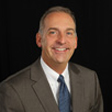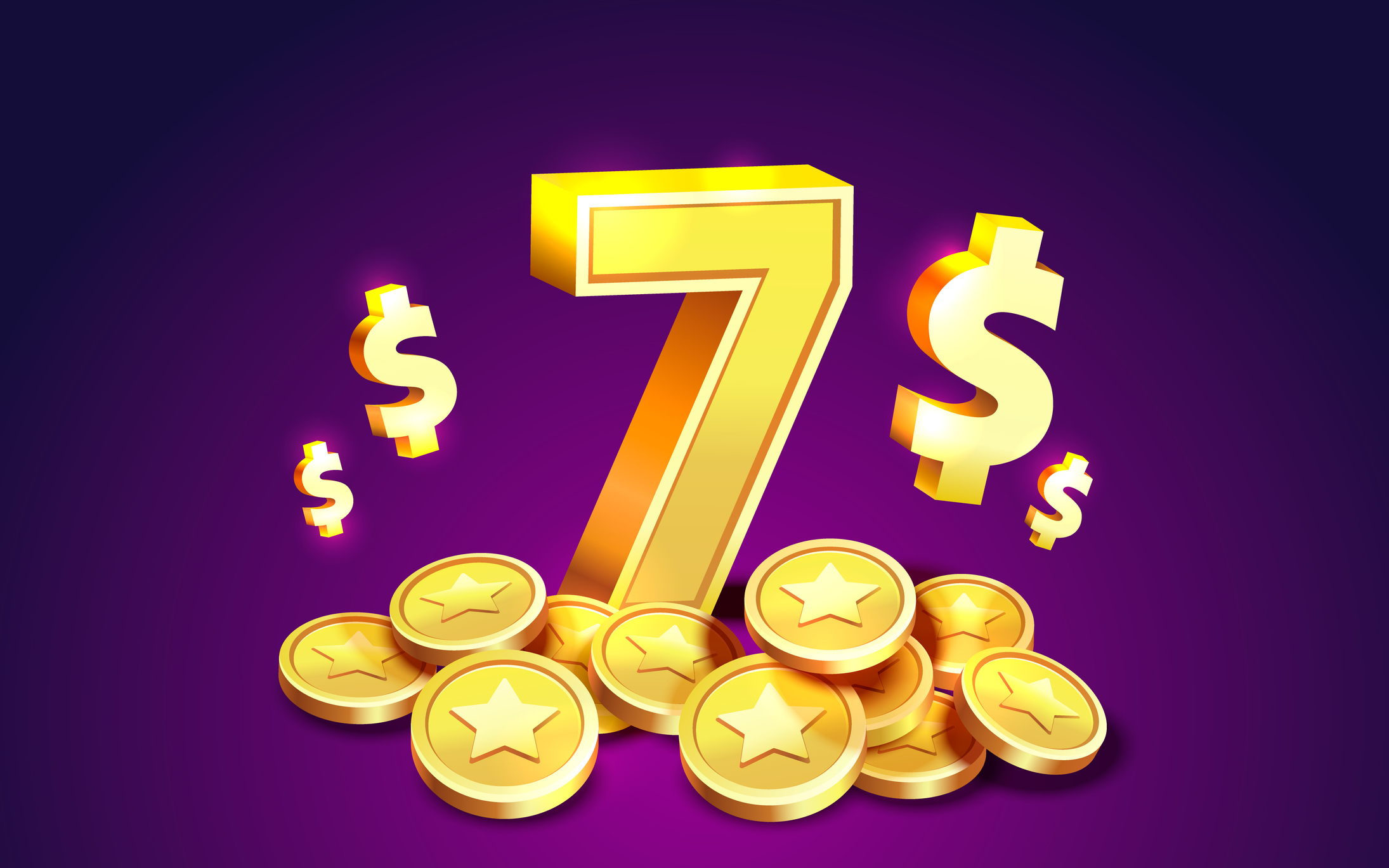What Rate of Return Can You Expect from Your Portfolio?
Your estimate can help you figure out what asset allocation best suits your risk tolerance and financial goals.

My last Kiplinger article introduced the latest book by Micahel J. Mauboussin, The Success Equation, in which he makes the argument that events in business, sports, investing and even life can be looked at as part skill and part luck. The trick is to figure out whether skill or luck has a larger impact in any particular activity.
The part of the book that interests me the most is the discussion of investing, and how it is an endeavor that involves a high degree of luck. So much so, in fact, that the influence of events outside of our control (luck) can overshadow skill, good processes and past strings of either good or bad results.
In such a situation, the author recommends following checklists and ensuring that a solid, repeatable process is followed. Before we can even begin to consider evaluating investments for implementation, we have to establish our goals.
From just $107.88 $24.99 for Kiplinger Personal Finance
Become a smarter, better informed investor. Subscribe from just $107.88 $24.99, plus get up to 4 Special Issues

Sign up for Kiplinger’s Free Newsletters
Profit and prosper with the best of expert advice on investing, taxes, retirement, personal finance and more - straight to your e-mail.
Profit and prosper with the best of expert advice - straight to your e-mail.
How do we do that? I propose the following procedure:
1. Determine the appropriate allocation (or diversification strategy) for your portfolio. My firm does this by evaluating a client's sensitivity to volatility (risk tolerance), using a state of the art tool called Riskalyze.
2. After getting a feel for your risk tolerance, consider other aspects of your life, such as career stability, stage of life (growth years, retirement, distribution, etc.), financial situation in terms of emergency funds, savings, debt, need to pay for education, etc. Then, make a determination about what your expected return needs to be. Should it be 6%, 8%, 11%?
3. A rate of return can be backfitted into your portfolio by using the latest estimates of what different asset classes have returned over a period of time, as well as inflation expectations and other factors.
To give you an idea of how subjective this is, and how a qualified fiduciary adviser can earn his or her keep, here's an excerpt from Dimensional Fund Advisors latest "Matrix Book," an invaluable resource for making informed decisions of this type:

As a back-of-the envelope estimate, let's go with the most recent 20 years and the following basic asset classes:
U.S. Stocks – S&P 500: 8.2%
International – MSCI EAFE: 4.4%
U.S. Small Cap – Dimensional US Small Cap Index: 11.5%
Bonds – Barclays US Aggregate Bond Index: 5.3%
Your expected return is going to equal the sum of the returns of each of the above benchmarks multiplied by its expected weight in your portfolio. For example, let's say your risk tolerance score recommends you build a balanced portfolio of 60% stocks and 40% bonds. Also, let's say that you've decided that 10% of the portfolio should be in small company stocks and 10% in international. Your expected overall return should be: 8.2% x 0.4 + 4.4% x 0.1 + 11.5% x 0.1 + 5.3% x 0.4 = 6.99%. That's before inflation, money management fees, etc.
Now we have a decision point. Is 6.99% appropriate for you? Or do you need more of a return? A case can be made that if you are in the growth stage of your career and income, the entire portfolio should be weighted toward large and small domestic stocks, which should significantly impact your returns (and also the volatility of the portfolio). Realize too, that there are many other asset classes we can consider&mdsah;emerging market stocks, different classifications such as growth, value, or blend, mid-cap stocks, commodities, real estate, "smart beta", etc. These may add incremental returns to our portfolio, depending on the type of asset.
If you're happy with the return expectations using only indexes and benchmarks to guide you, a passive indexing approach may suit your needs just fine. You will minimize one component of portfolio drag—expenses, as most index funds and exchange-traded funds will have overall expense ratios of 0.5% or less.
Whatever your needs, this process can help you make better decisions when choosing mutual funds and ETFs. You can even crunch your own numbers, using the Portfolio Expected Returns Calculator I've created.
Doug Kinsey is a partner in Artifex Financial Group, a fee-only financial planning and investment management firm based in Dayton, Ohio.
Profit and prosper with the best of Kiplinger's advice on investing, taxes, retirement, personal finance and much more. Delivered daily. Enter your email in the box and click Sign Me Up.

Doug Kinsey is a partner in Artifex Financial Group, a fee-only financial planning and investment management firm in Dayton, Ohio. Doug has over 25 years experience in financial services, and has been a CFP® certificant since 1999. Additionally, he holds the Accredited Investment Fiduciary (AIF®) certification as well as Certified Investment Management Analyst. He received his undergraduate degree from The Ohio State University and his Master's in Management from Harvard University.
-
 Santa Claus Rally at Risk as Tech Stocks Slump: Stock Market Today
Santa Claus Rally at Risk as Tech Stocks Slump: Stock Market TodayThe Nasdaq Composite and Dow Jones Industrial Average led today's declines as investors took profits on high-flying tech stocks.
-
 7 Ways to Save Money on Almost Everything
7 Ways to Save Money on Almost EverythingHigh prices got you down? These strategies can help you reap deep discounts on everyday spending.
-
 My Top 10 Stock Picks for 2026
My Top 10 Stock Picks for 2026Each year, we ask an expert to pick 10 stocks that have the potential to beat the market over the next 12 months. Here are his choices for 2026.
-
 Now That You've Built Your Estate Planning Playbook, It's Time to Put It to Work
Now That You've Built Your Estate Planning Playbook, It's Time to Put It to WorkYou need to share details with your family (including passwords and document locations) and stay focused on keeping your plan up to date.
-
 I'm a Wealth Adviser: These 10 Strategies Can Help Women Prepare for Their Impending Financial Power
I'm a Wealth Adviser: These 10 Strategies Can Help Women Prepare for Their Impending Financial PowerAs women gain wealth and influence, being proactive about financial planning is essential to address longevity and close gaps in confidence and caregiving.
-
 I'm a Financial Planning Pro: This Is How You Can Stop These 5 Risks From Wrecking Your Retirement
I'm a Financial Planning Pro: This Is How You Can Stop These 5 Risks From Wrecking Your RetirementYour retirement could be jeopardized if you ignore the risks you'll face later in life. From inflation to market volatility, here's what to prepare for.
-
 Are You Hesitating to Spend Money You've Spent Years Saving? Here's How to Get Over It, From a Financial Adviser
Are You Hesitating to Spend Money You've Spent Years Saving? Here's How to Get Over It, From a Financial AdviserEven when your financial plan says you're ready for a big move, it's normal to hesitate — but haven't you earned the right to trust your plan (and yourself)?
-
 Time to Close the Books on 2025: Don't Start the New Year Without First Making These Money Moves
Time to Close the Books on 2025: Don't Start the New Year Without First Making These Money MovesAs 2025 draws to a close, take time to review your finances, maximize tax efficiency and align your goals for 2026 with the changing financial landscape.
-
 Is Fear Blocking Your Desire to Retire Abroad? What to Know to Turn Fear Into Freedom
Is Fear Blocking Your Desire to Retire Abroad? What to Know to Turn Fear Into FreedomCareful planning encompassing location, income, health care and visa paperwork can make it all manageable. A financial planner lays it all out.
-
 How to Master the Retirement Income Trinity: Cash Flow, Longevity Risk and Tax Efficiency
How to Master the Retirement Income Trinity: Cash Flow, Longevity Risk and Tax EfficiencyRetirement income planning is essential for your peace of mind — it can help you maintain your lifestyle and ease your worries that you'll run out of money.
-
 Could a Cash Balance Plan Be Your Key to a Wealthy Retirement?
Could a Cash Balance Plan Be Your Key to a Wealthy Retirement?Cash balance plans have plenty of benefits for small-business owners. For starters, they can supercharge retirement savings and slash taxes. Should you opt in?